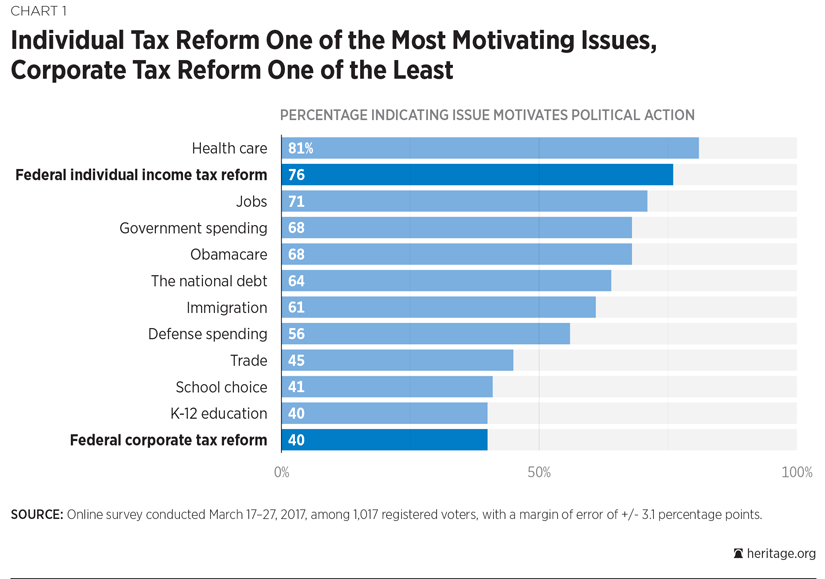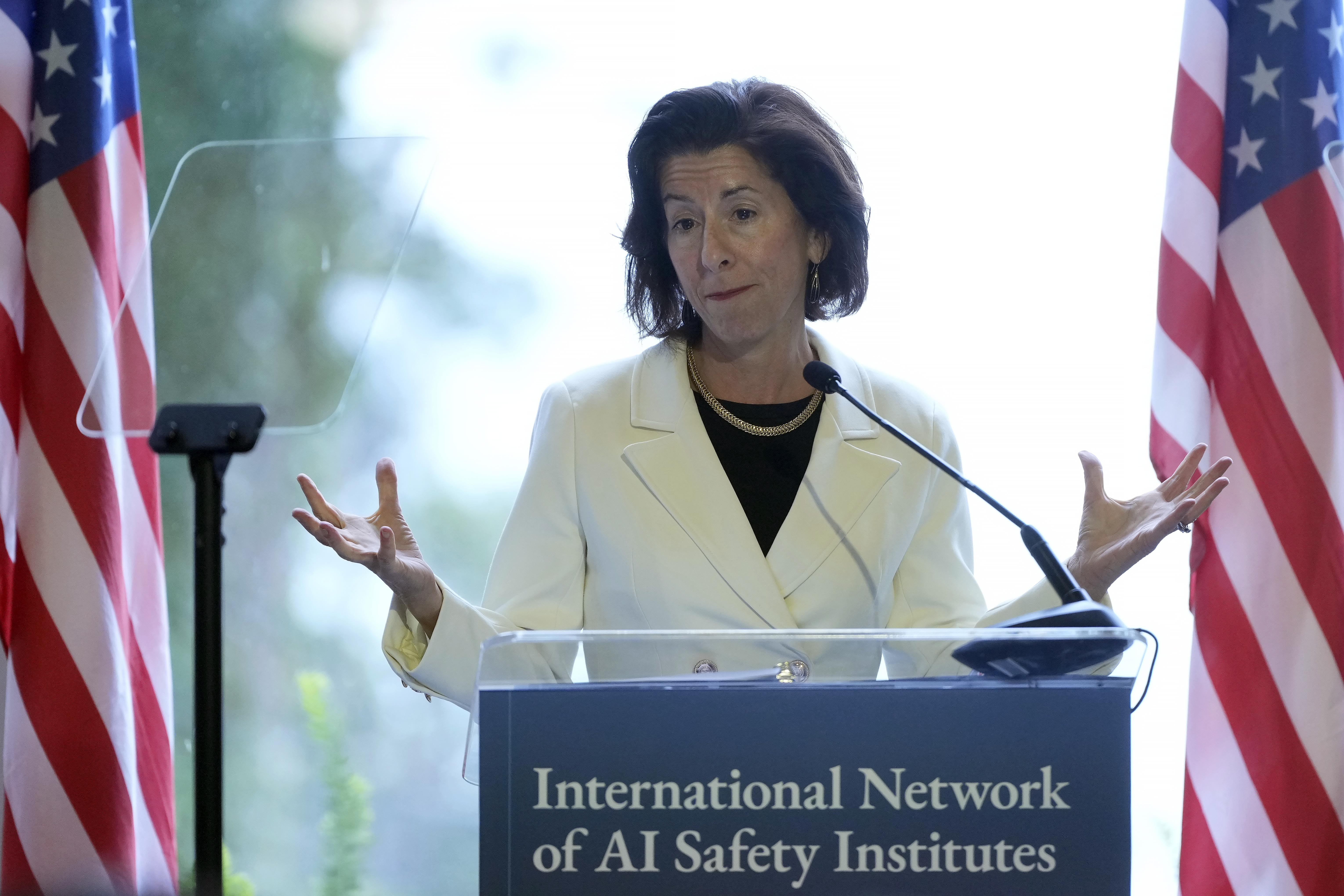Corporate tax reform has emerged as a critical topic in the shifting landscape of U.S. fiscal policy, especially as we approach the impending expiration of key provisions from the Tax Cuts and Jobs Act (TCJA) of 2017. As debates over corporate tax rates heat up, both parties are grappling with the implications of these historic changes on corporate tax revenue and economic growth. The TCJA aimed to stimulate investment and employee wages by reducing corporate tax rates, yet its efficacy remains a focal point in the ongoing tax policy debate. With calls for increased rates reverberating from various political corners, understanding the nuances of the TCJA’s impact is more crucial than ever. As stakeholders prepare for a legislative showdown in 2025, the outcomes of this ongoing discussion could reshape the financial landscape for businesses and families alike, particularly concerning contingent benefits like the Child Tax Credit.
The conversation surrounding adjustments to corporate taxation is heating up as lawmakers eye significant changes in fiscal regulations. Following the enactment of the 2017 Tax Cuts and Jobs Act, the need for a reevaluation of corporate tax obligations has become increasingly apparent. As provisions from this landmark legislation face expiration, implications for corporate tax revenue and overall economic health are at the forefront of public discourse. The tax policy debate is intensifying, with potential shifts in corporate tax rates being proposed across the political spectrum. As stakeholders await the outcomes of these discussions, the repercussions on everyday citizens, especially surrounding policies like the Child Tax Credit, loom large.
Understanding the 2017 Tax Cuts and Jobs Act
The 2017 Tax Cuts and Jobs Act (TCJA) marked a significant shift in the U.S. tax policy landscape, aiming to spur economic growth through reduced corporate tax rates. By slashing the federal corporate tax rate from 35% to 21%, the law sought to align more closely with international competitors and encourage domestic investment. This drastic reduction was rooted in the belief that lower rates would incentivize corporations to reinvest profits, ultimately leading to increased employment and higher wages for American workers.
However, the actual outcomes of the TCJA remain a contentious topic within economic circles. While proponents argue that the law successfully enhanced business investment and stimulated economic activity, critics highlight the substantial decline in corporate tax revenue, which fell by nearly 40% upon the law’s implementation. This revenue plunge raised alarms about fiscal sustainability and led to calls for a reevaluation of tax policy, especially as the expiration of key provisions approaches in 2025.
Frequently Asked Questions
What are the key provisions of the TCJA related to corporate tax reform?
The Tax Cuts and Jobs Act (TCJA), enacted in 2017, included significant corporate tax reforms, notably reducing the corporate tax rate from 35% to 21%. It also introduced immediate expensing for capital investments, aiming to boost business investment and innovation.
How did corporate tax rates change under the TCJA, and what was the impact on corporate tax revenue?
The TCJA reduced corporate tax rates significantly, leading to an estimated annual decrease in federal corporate tax revenue by $100 billion to $150 billion over a decade. Initially, corporate tax revenue dropped by 40% post-implementation but eventually rebounded due to rising business profits.
What is the role of the Child Tax Credit in the corporate tax reform debate?
During discussions surrounding corporate tax reform, the Child Tax Credit is often highlighted as a critical provision for households that may expire alongside corporate tax cuts. Lawmakers are debating how to balance corporate tax rate changes with maintaining or enhancing the Child Tax Credit for families.
Why is corporate tax reform considered necessary according to economic experts?
Economic experts, including Gabriel Chodorow-Reich, argue that corporate tax reform was necessary due to outdated tax policies. By 2017, the U.S. had one of the highest corporate tax rates among developed countries, prompting a need for reforms to enhance global competitiveness and adapt to changes in the economy.
What evidence suggests that corporations respond to tax policy changes made by the TCJA?
Research indicates that corporations do respond to tax policy, as evidenced by an 11% increase in capital investments after the TCJA’s implementation. Experts noted that expensing provisions, which allowed for immediate write-offs, were more effective at encouraging investment than traditional tax rate cuts.
What are the potential outcomes of the current tax policy debate surrounding corporate tax reform?
As lawmakers consider ongoing corporate tax reform, potential outcomes include raising corporate tax rates while reinstating favorable expensing provisions. This could lead to increased investments and wage growth, though the exact impacts are still debated among economists.
What has been the impact of the TCJA on wage growth, and how is it measured?
The TCJA’s impact on wage growth is contested. While proponents suggested significant increases of $4,000 to $9,000 per full-time employee, analyses indicate much smaller increases, estimated at around $750 annually, reflecting the complex relationship between corporate tax rates and wage dynamics.
How might the expiration of TCJA provisions affect future corporate tax reform discussions?
The expiration of several key provisions from the TCJA in 2025 is a central issue in future corporate tax reform discussions. As lawmakers seek to balance budgetary implications with the need to stimulate economic growth, the impacts of these expirations will play a critical role in shaping policy.
What lessons can be learned from the TCJA regarding corporate tax policy effectiveness?
The TCJA provides crucial insights into corporate tax policy effectiveness. Research suggests that while lowering corporate tax rates can drive investment, targeted measures like expensing are more effective in stimulating economic growth, indicating a need for a holistic approach in future reforms.
How is the current political landscape influencing corporate tax reform proposals?
The current political landscape, characterized by partisan divisions, is intensifying the debate over corporate tax reform. Proposals range from increasing corporate tax rates to further tax cuts, reflecting contrasting priorities among parties and the importance of the upcoming elections in shaping the debate.
| Key Points |
|---|
| Corporate tax rate changes debated as parts of the 2017 Tax Cuts and Jobs Act (TCJA) expire. |
| Republicans and Democrats propose differing views on tax cuts: Republicans favor lower rates for growth, Democrats suggest raising rates for funding. |
| Gabriel Chodorow-Reich’s study shows modest wage and investment increases from corporate tax cuts, but overall tax revenue fell significantly. |
| International competition necessitated a corporate tax reform due to high U.S. rates compared to other nations. |
| Prospective revenue solutions discussed include raising statutory rates while restoring expensing provisions that encourage investment. |
| Findings from the TCJA indicate that corporate profits soared post-implementation, despite an initial 40% drop in tax revenue. |
Summary
Corporate Tax Reform is a topic of critical discussion as Congress prepares for tax battles in 2025. The expiration of key provisions from the 2017 TCJA has reignited debates on whether to raise or further cut corporate tax rates. Research by Gabriel Chodorow-Reich indicates that while some modest benefits from tax cuts were observed, these did not significantly offset the financial hit to government revenues. Understanding the nuances of these reforms is essential for creating effective and efficient tax policies in the future.




